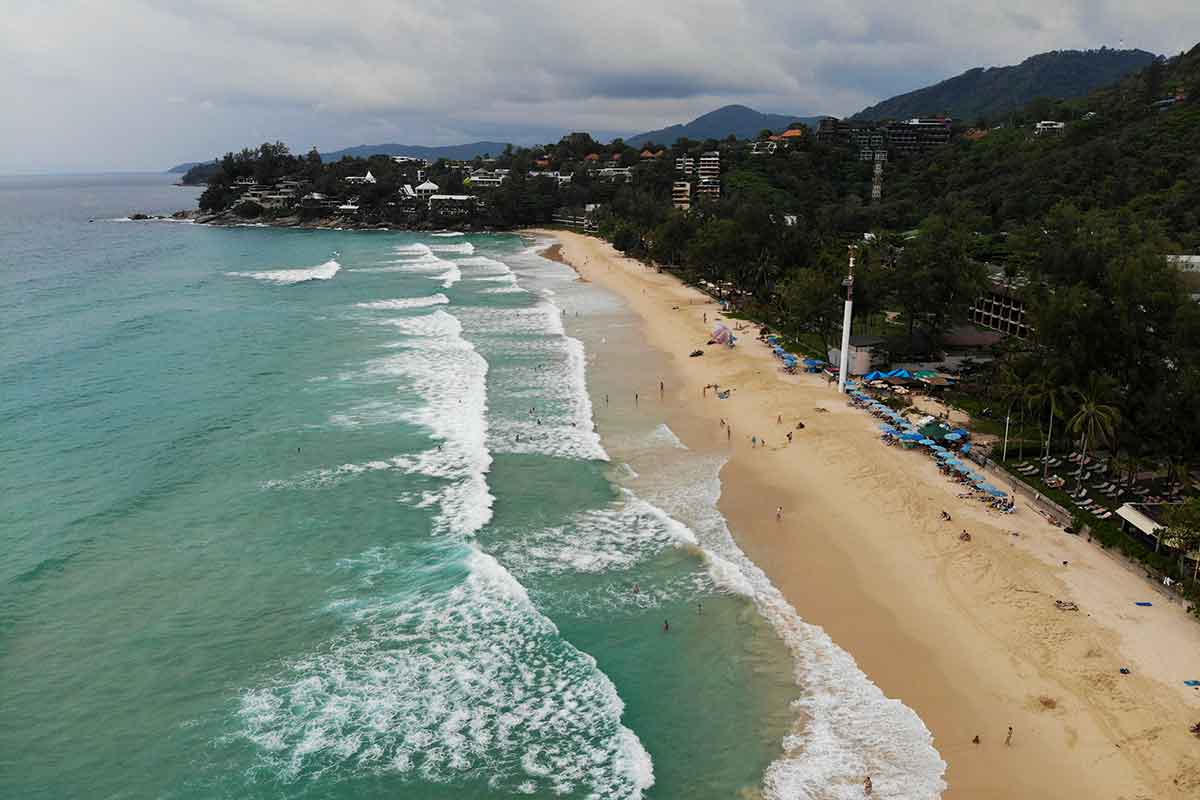Tourism is a powerful tool for development. It represents 10 percent of the world’s gross domestic product (GDP) and provides 10 percent of jobs globally. The sector is also interlinked with every other sector in the economy. The ability to operate in various locations and the wide range of opportunities it offers including at the entry-level means that this sector has the ability to help bridge and minimise development and income gaps.
Globally, the travel and tourism sector contributed a record US$8.8 trillion and 319 million jobs to the world’s economy in 2018 according to the World Travel & Tourism Council. Southeast Asia’s unique and diverse travel offerings is forecasted to bring in US$598.3 billion in 2028 or 5.5 percent of the region’s total gross domestic product (GDP).
Yet growth in the tourism sector is under threat. The region’s governments and industry players are working to identify key risks that are threatening the robustness and resilience of the sector. As the prime motivation for visitors to come to the region hinges on local landscapes, biodiversity, heritage and cultures, the sector’s survival depends on the ability to retain and preserve as much of these as possible while at the same time adapting to the changing social, environmental and climatic conditions.
A threat onto itself
A successful tourism initiative without checks can also be the sector’s own worst enemy. This is seen in the case of the Philippine’s Boracay, Thailand’s Maya Bay and also many other destinations in the region. Tourism can sometimes negatively impact a destination through overtourism and overcrowding – when the number of visitors exceeds a locality’s ability to cope.
The Malaysian National Academy of Arts, Culture and Heritage’s Chairman, Dr Ong Hong Peng, cited the example of Malaysia’s Sipadan Island in the early 2000’s. Following deterioration of quality of coral reef and marine life due to overtourism, Malaysia took the bold step of relocating all onsite buildings and businesses out of Sipadan Island. Sustainable management practices were implemented and a daily quota of just 120 divers was imposed to reduce pressure on the environment.
Source: Various
“These measures contributed to the improvement of the quality and diversity of marine life and ecosystem, which in turn, ensured the sustainability of Sipadan Island. It continued to be ranked a top 10 best dive site in the world. These timely interventions enabled the reaping of long-term economic and social benefits in a sustainable manner,” he said at the United Nations World Tourism Organization (UNWTO) Asia Pacific Executive Training Program on Tourism Policy and Strategy last year.
Pollution, climate and other threats
Pollution is a significant threat to inland and coastal destinations, with single use plastic being a bourgeoning hazard. This threat is especially bigger in ASEAN, where half of its member states are among the top 10 countries ranked by mass of mismanaged plastic waste. According to Professor Dr Amran Hamzah of Tourism Planning at Malaysia’s University of Technology, the lack of proper sewage treatment and improper solid waste disposal are also threatening key marine destinations.
“Environmental degradation has reached alarming levels in many tourism islands in the Southeast Asian region. Lack of proper sewage treatment, improper solid waste disposal, irresponsible tourist behaviour and the dumping of plastic are diminishing marine resources that are vital in supporting tourism activities such as scuba diving,” he said.
On top of these human-driven threats, the tourism sector is also threatened by climate change which also acts as a multiplier of existing risks. Climate risk and adaptation specialist, Dr Sarah Opitz-Stapleton, said that rising sea temperature is bringing about irreversible loss of coral ecosystems, tropical fish, as well as coral bleaching and mass die-offs.
Sustainable tourism practices can ensure tourism assets continue to provide for the communities that depend on them, while risks assessment can help countries identify where interventions are required. Understanding where future threats lie allows us the time required to be prepared for what may come. Without this, the livelihoods of many will continue to hang in the balance.
This article was first published by The ASEAN Post on 8 November 2018 and has been updated to reflect the latest data.
Related articles:
